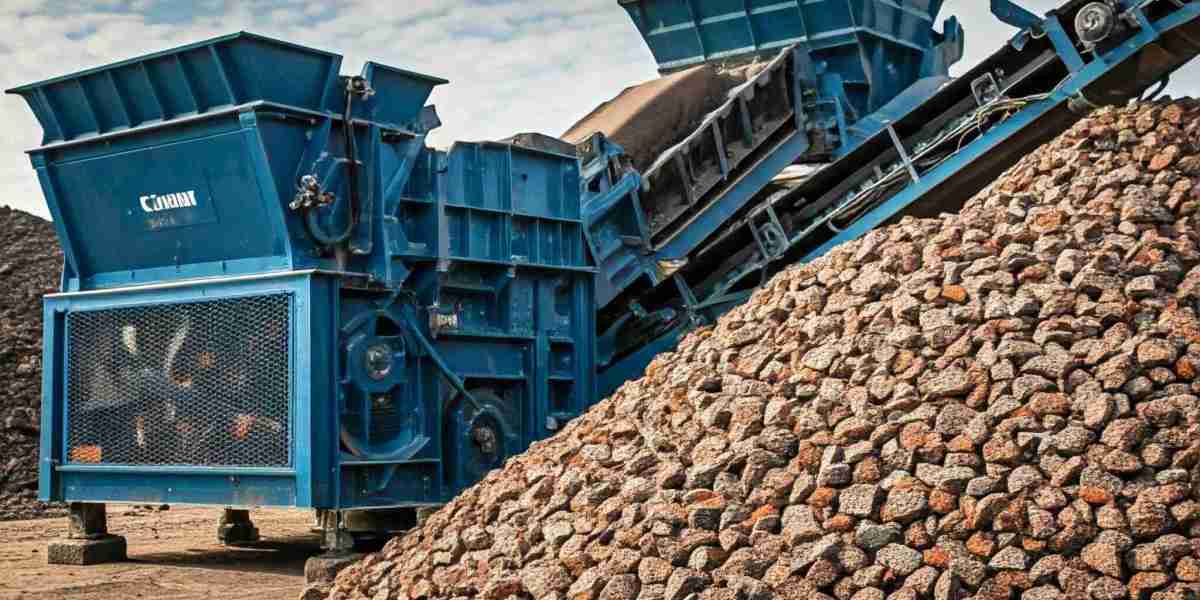But what happens to our old devices once they’re no longer useful? They often end up as electronic waste—or e-waste—and, unfortunately, much of it is improperly disposed of.
E-waste recycling offers a sustainable solution to this growing problem. It not only helps protect the environment but also conserves valuable resources and reduces health hazards. In this blog, we’ll dive into what e-waste recycling is, why it matters, and how you can make a difference.
What Is E-Waste?
E-waste refers to discarded electronic devices and appliances that are no longer usable. This includes items like:
- Smartphones and tablets
- Laptops and desktop computers
- TVs and monitors
- Refrigerators and washing machines
- Batteries and chargers
These items often contain hazardous materials like lead, mercury, and cadmium, making proper disposal crucial.
The Growing Problem of E-Waste
1. Rapid Technological Advancement
With technology advancing so quickly, devices become outdated faster than ever. As consumers, we’re replacing our gadgets more frequently, leading to a surge in e-waste.
2. Limited Recycling Awareness
Many people are unaware of the importance of e-waste recycling or lack access to proper recycling facilities, leading to improper disposal.
3. Environmental Impact
When e-waste is dumped in landfills, toxic substances can leach into the soil and water, causing significant environmental damage.
Why E-Waste Recycling Matters
1. Protecting the Environment
E-waste recycling prevents harmful chemicals from polluting the environment. Proper recycling ensures these materials are safely extracted and managed.
2. Conserving Resources
Many electronic devices contain valuable materials like gold, silver, copper, and rare earth metals. Recycling helps recover these resources, reducing the need for mining.
3. Reducing Health Risks
Improper e-waste disposal can release toxins that pose serious health risks to humans and animals. Recycling minimizes exposure to these hazards.
How E-Waste Is Recycled
1. Collection
The first step is collecting e-waste from households, businesses, and recycling centers. Many cities offer drop-off points or special collection events for electronics.
2. Sorting and Dismantling
E-waste is sorted by type (e.g., smartphones, TVs, etc.) and dismantled into components like circuit boards, batteries, and plastics.
3. Material Recovery
Recyclers extract valuable materials like metals and plastics, which can be reused in manufacturing new products.
4. Safe Disposal
Hazardous materials like lead and mercury are treated and safely disposed of to prevent environmental contamination.
How You Can Contribute to E-Waste Recycling
1. Donate or Sell Old Devices
If your gadgets are still functional, consider donating them to charity or selling them second-hand. Extending their life reduces waste.
2. Use Manufacturer Take-Back Programs
Many electronics manufacturers offer take-back or recycling programs for their products. Check with the brand of your device.
3. Find a Certified Recycler
Ensure your e-waste is recycled responsibly by taking it to a certified e-waste recycling facility in your area.
4. Recycle Batteries Separately
Batteries are a major source of hazardous materials in e-waste. Look for specific drop-off points for battery recycling.
5. Educate Yourself and Others
Spread awareness about e-waste recycling among friends and family. The more people participate, the greater the impact.
Benefits of E-Waste Recycling
1. Reduced Landfill Waste
Recycling keeps tons of e-waste out of landfills, freeing up space and preventing soil and water contamination.
2. Energy Conservation
Reusing materials from old electronics requires significantly less energy than extracting and processing new raw materials.
3. Job Creation
The e-waste recycling industry creates jobs in collection, sorting, dismantling, and material recovery, boosting local economies.
4. A Cleaner Future
Recycling helps ensure a cleaner, greener planet for future generations by reducing pollution and conserving natural resources.
Challenges in E-Waste Recycling
While e-waste recycling is vital, it’s not without its challenges:
- Low Participation Rates: Many people are unaware of how or where to recycle e-waste.
- Lack of Facilities: In some areas, access to certified recycling centers is limited.
- Complex Devices: Modern gadgets are increasingly complex, making dismantling and material recovery more difficult.
The Role of Governments and Organizations
Governments and organizations play a crucial role in promoting e-waste recycling. Policies like extended producer responsibility (EPR) require manufacturers to take back and recycle their products. Public awareness campaigns and incentives can also encourage greater participation in recycling programs.
E-Waste Recycling: A Global Perspective
Countries like Sweden and Switzerland lead the way in e-waste recycling, achieving high rates of proper disposal. Meanwhile, developing nations often struggle with informal recycling methods, which can be harmful to workers and the environment. Collaborative global efforts are needed to address these disparities.
Conclusion
E-waste recycling is more than just an eco-friendly practice—it’s a necessity in our technology-driven world. By properly disposing of our old gadgets, we can protect the environment, conserve valuable resources, and reduce health risks. The power to make a difference starts with you. So, the next time you upgrade your smartphone or replace an old appliance, remember: don’t trash it—recycle it.
FAQs
What is e-waste?
E-waste refers to discarded electronic devices like smartphones, laptops, and appliances.Why is e-waste recycling important?
Recycling prevents environmental damage, conserves resources, and reduces health risks caused by improper disposal.Where can I recycle e-waste?
Many cities offer e-waste recycling centers, manufacturer take-back programs, and special collection events.What materials can be recovered from e-waste?
Valuable materials like gold, silver, copper, and rare earth metals can be extracted and reused.How can I reduce e-waste at home?
Donate or sell old devices, recycle batteries separately, and participate in local e-waste recycling programs.



